PDF-Conforms to HazCom 2012United States
Author : eliza | Published Date : 2021-07-04
Page 1 of 10 Safety Data Sheet Portland Lime Cement Section 1 Identification GHS product identifier Portland Lime Cement Chemical name Calcium compounds calcium
Presentation Embed Code
Download Presentation
Download Presentation The PPT/PDF document "Conforms to HazCom 2012United States" is the property of its rightful owner. Permission is granted to download and print the materials on this website for personal, non-commercial use only, and to display it on your personal computer provided you do not modify the materials and that you retain all copyright notices contained in the materials. By downloading content from our website, you accept the terms of this agreement.
Conforms to HazCom 2012United States: Transcript
Download Rules Of Document
"Conforms to HazCom 2012United States"The content belongs to its owner. You may download and print it for personal use, without modification, and keep all copyright notices. By downloading, you agree to these terms.
Related Documents

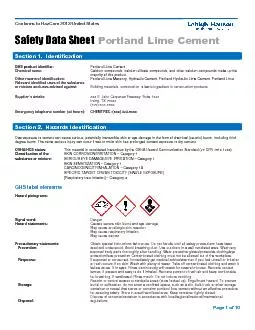

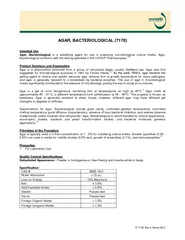
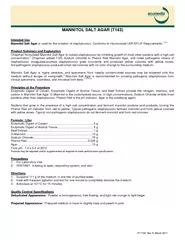

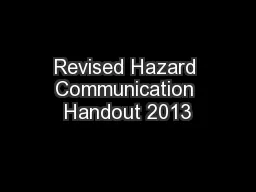
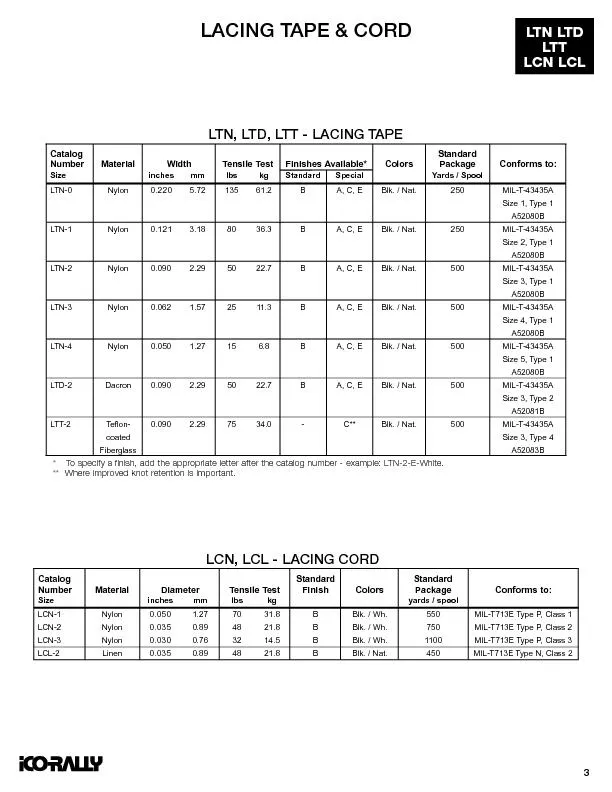

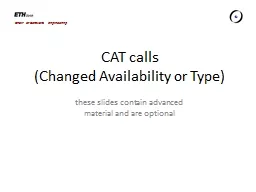
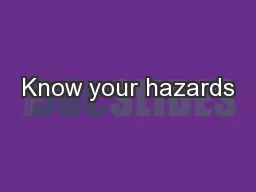
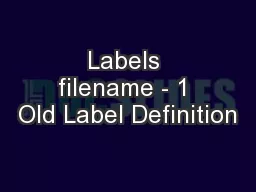
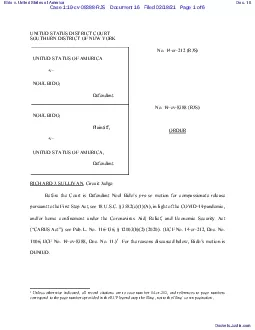

![[EBOOK] Writing Workbook for Ages 4-7 with 75+ Handwriting Activities, Pencil Control,](https://thumbs.docslides.com/1007858/ebook-writing-workbook-for-ages-4-7-with-75-handwriting-activities-pencil-control-lowercase-letters-numbers-capital-letters-words-and-sentences-conforms-to-common-core-standards-gold-stars-series.jpg)